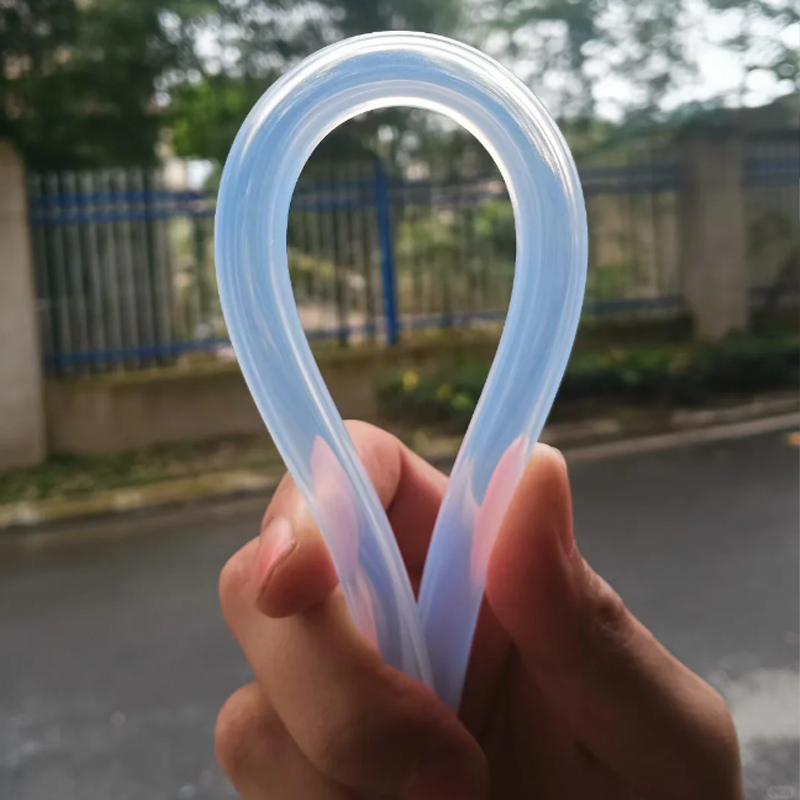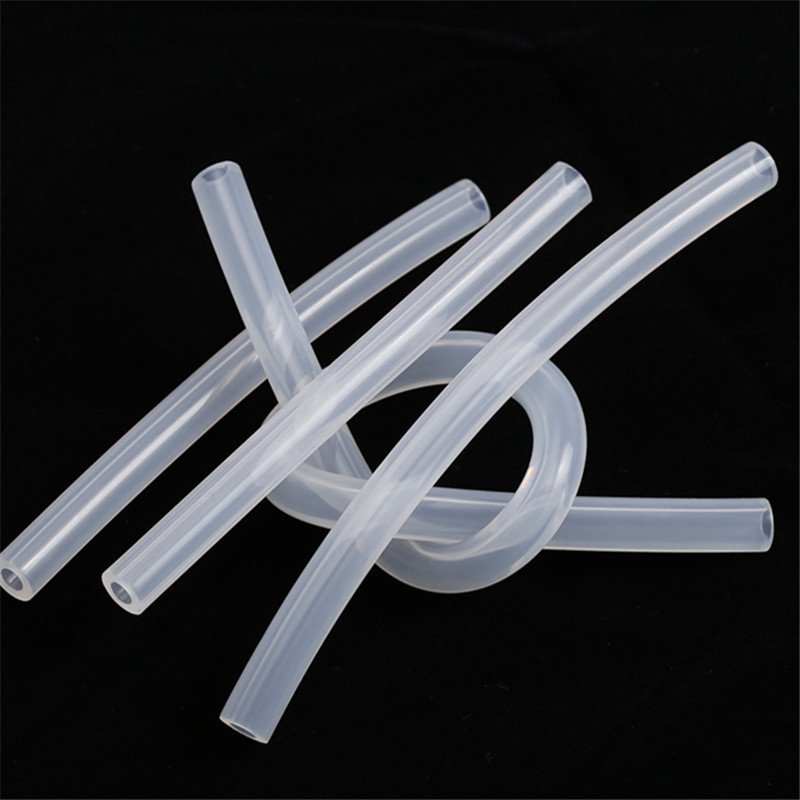Characteristics and uses of silicone hoses
作者Wendy
In the past 30 years, the annual growth rate of silicone rubber products in the world has remained at 8% to 15%, far exceeding the national economic growth rate of ordinary countries. Silicone rubber has been widely used in my country. The quantity and variety have continued to grow, and the application fields have continued to expand. my country has become a market with great potential for silicone rubber products. Among them, silicone rubber tubes are also called: silicone tubes, which can be divided into "extruded tubes" and "special-shaped pipe strips". The silicone tube is made from silicone rubber raw rubber and is added to a two-roller mixing machine or a closed kneader. White carbon black and other additives are gradually added and repeatedly refined to make it uniform. According to the requirements of industry product technical standards, the product is made by extrusion. Silicone tubes are widely used as good electrical insulation sealing and liquid transportation materials in industrial sectors such as aviation, electronics, petroleum, chemical industry, machinery, electrical appliances, medical, ovens, and food. Precision representatives, oil pipelines, household appliance seals, drinking water pipeline seals, medicine, etc.


Characteristics of silicone hose
1. Environmentally friendly, harmless, non-toxic and odorless, strictly tested by SGS, and passed the RoHs, PAHs and eight heavy metal standards for silicone products
2. Continuous use temperature range: -60℃~200℃; Soft, arc-resistant, corona-resistant, and high-voltage resistant;
3. Various specifications can be customized according to customer requirements. Standard colors: black, red, blue, white, gray, green, transparent (other colors can be produced on request).
4. Soft, high temperature resistance, stable performance and other advantages.


The basic production processes of silicone hose are rubber compound processing, cord (see cord) and canvas processing, hose molding, vulcanization, etc. Silicone hoses with different structures and skeletons have different processing methods for the skeleton layer and different hose forming equipment. Since the full rubber hose does not contain a skeleton layer, you only need to use an extruder to press out the hose. The cloth-clamped hose needs to use a molding machine that wraps the tape on the inner rubber layer. The suction hose needs to be wrapped with a metal spiral before forming. Glue inside the bag; knitting and winding hoses require the use of special fabric knitting machines or winding machines, and knitting hoses requires the use of knitting machines, etc.


